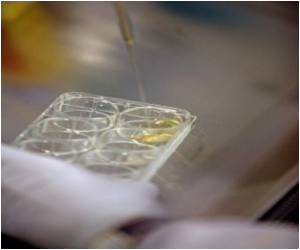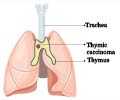
In collaboration with the University of Edinburgh, UK, the Swiss research team with European colleagues isolated thymic epithelial cells (TECs)-taken from the thymus of a rat-and integrated them into the rat's skin cells with surprising results.
These epithelial cells taken from the thymus, an organ found in the thoracic cage, switch over from what they were originally created by the body to do and take up a novel role according to their new environment.
"These cells really change track, expressing different genes and becoming more important," Nature quoted Professor Yann Barrandon, head of the Laboratory Stem Cell Dynamics, as saying.
While in the thymus, these cells teach T-cells to recognize and destroy bacteria and cancer cells-a key component to the immune system.
The results show that these cells have the ability to express genetic markers unlike its original make-up when placed in different microenviroments.
Advertisement
The thymic stem cells have proven effective for up to a year after implantation-a major improvement over the three-week performance of bona fide hair follicle stem cells.
Advertisement
Not only could these findings create new opportunities in the field of organ transplantation and regeneration, for severe burn victims for example, but they also call into question standard biological models by showing that it is possible to create tissues from cells with different embryonic origins.
The study has been published in Nature.
Source-ANI













